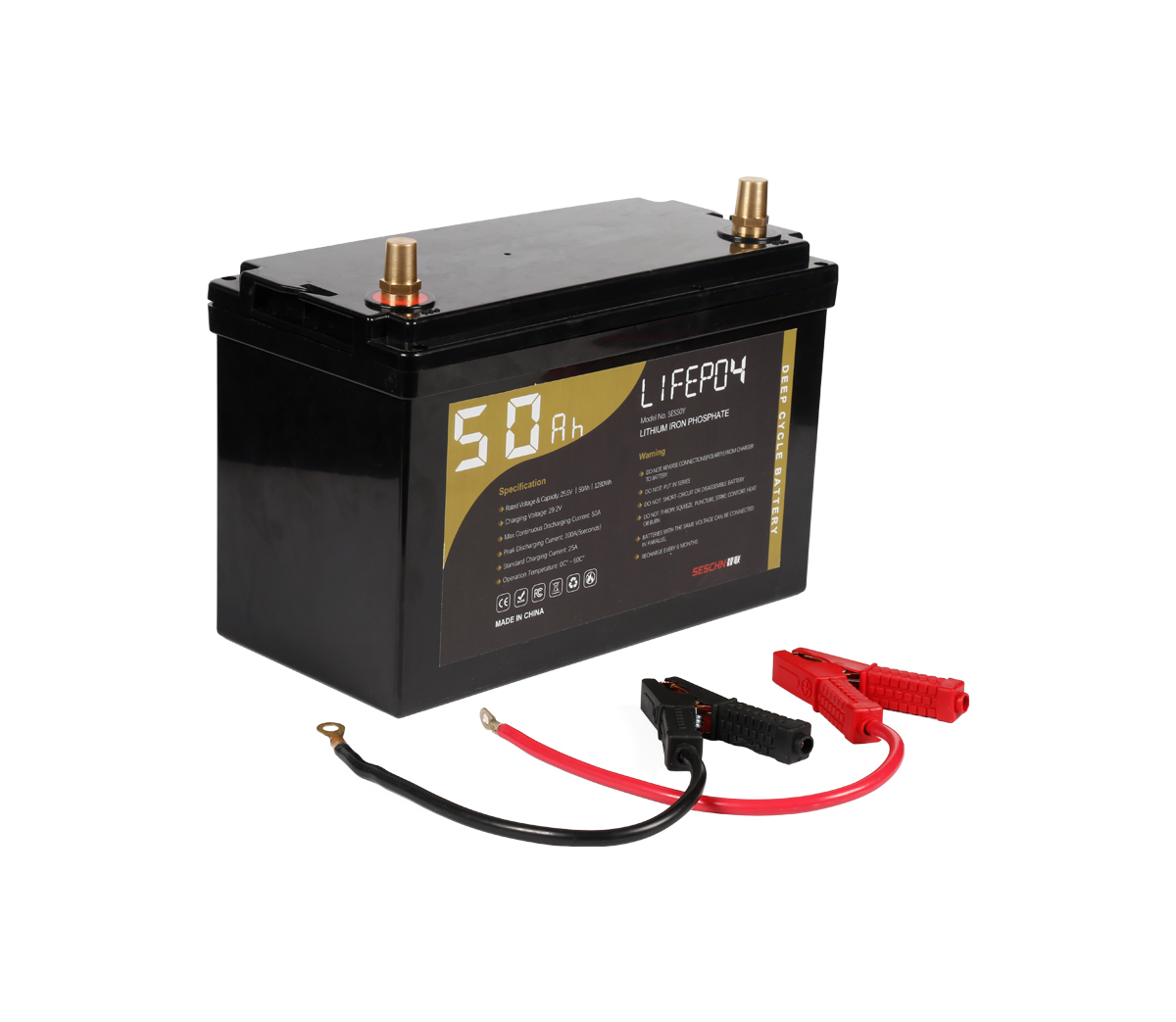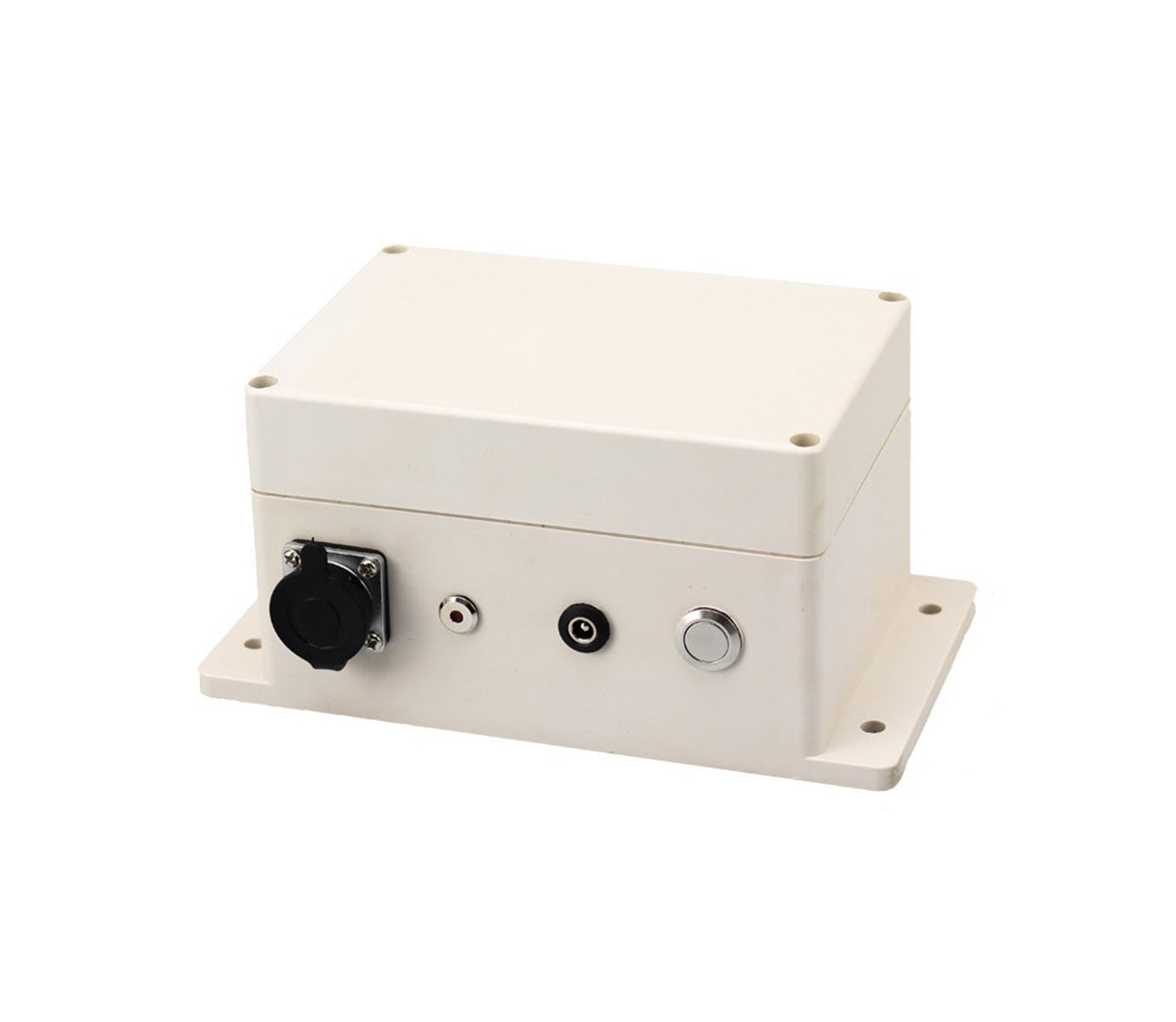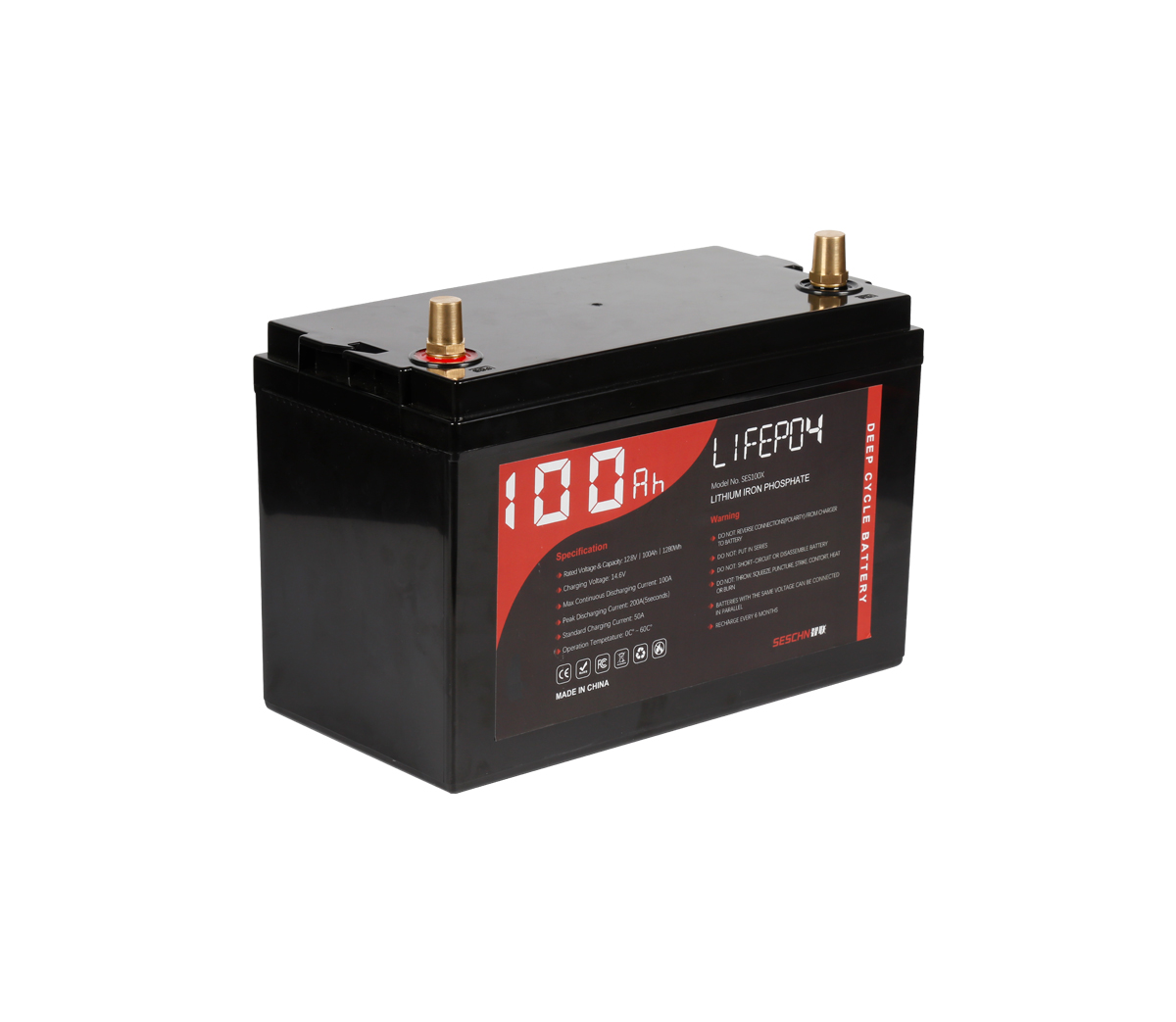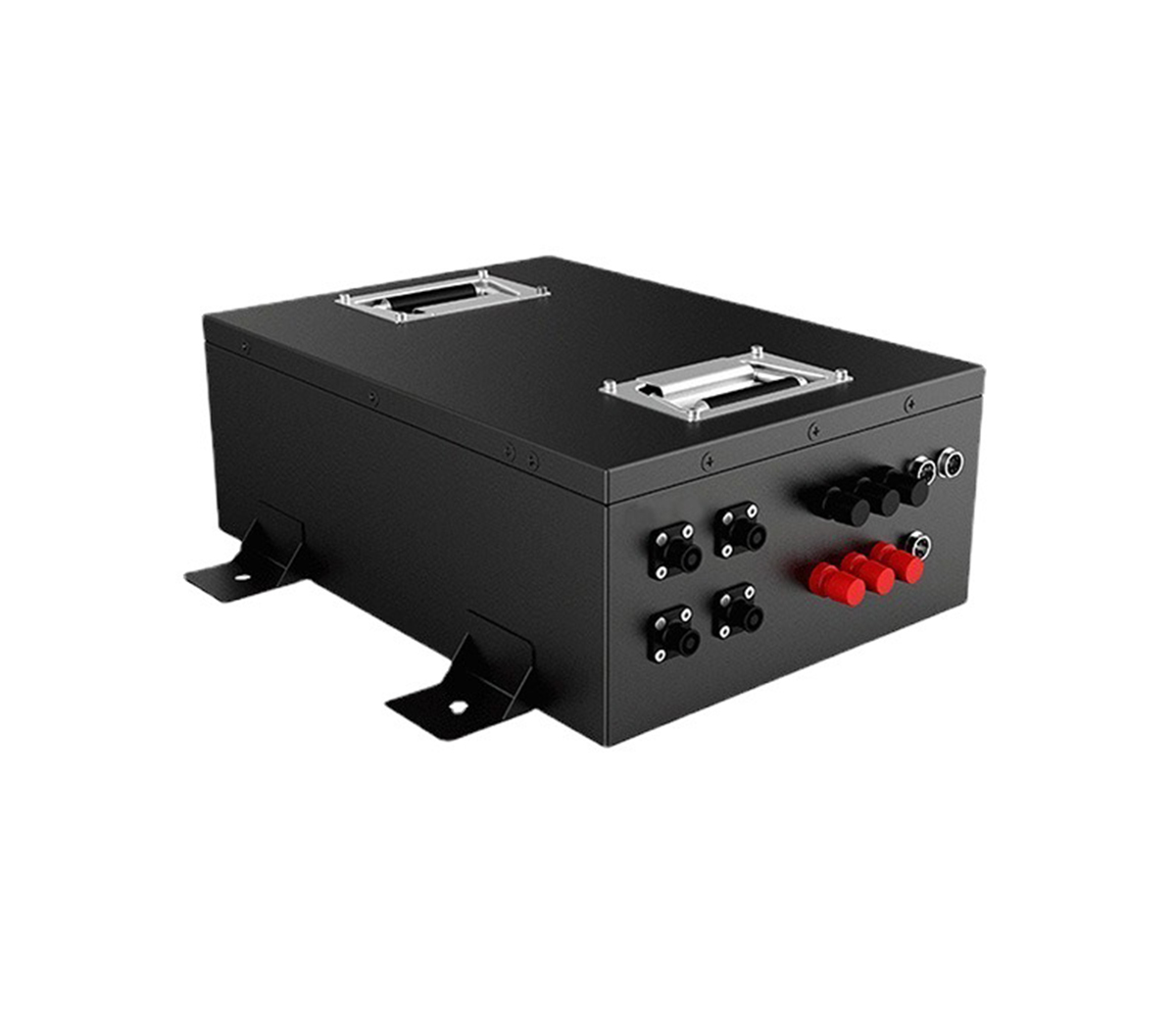
Overcharge and overdischarge will cause permanent damage to the positive
and negative electrodes of lithium-ion batteries. From the molecular level, it
can be intuitively understood that overdischarge will cause the negative
electrode carbon to excessively release lithium ions and cause its sheet
structure to collapse. Overcharging will force too much lithium ions into the
carbon structure of the negative electrode, and some of them will no longer be
able to be released.
How to maintain the lithium battery of our love phone to be considered
correct? This problem has been plagued by many loyal mobile phone users,
including me. After consulting some information, I recently had the opportunity
to consult a PhD student in electrochemistry and the deputy director of a
well-known domestic battery research institute. Now I will write down some
relevant knowledge and experience gained recently for you readers.
The positive electrode material of lithium-ion batteries is usually
composed of lithium active compounds, while the negative electrode is carbon
with a special molecular structure. The main component of the common positive
electrode material is LiCoO2. When charging, the electric potential applied to
the two poles of the battery forces the compound of the positive electrode to
release lithium ions, which are embedded in the carbon in which the molecules of
the negative electrode are arranged in a sheet structure. During discharge,
lithium ions are precipitated from the carbon of the sheet structure and
recombine with the compound of the positive electrode. The movement of lithium
ions generates an electric current.
Although the chemical reaction principle is very simple, in actual
industrial production, there are many practical issues that need to be
considered: the material of the positive electrode needs additives to maintain
the activity of multiple charging and discharging, and the material of the
negative electrode needs to be designed at the molecular structure level. To
accommodate more lithium ions; the electrolyte filled between the positive and
negative electrodes, in addition to maintaining stability, also needs to have
good electrical conductivity to reduce the internal resistance of the
battery.
Although lithium-ion batteries rarely have the memory effect of
nickel-cadmium batteries, the principle of the memory effect is crystallization,
and this reaction hardly occurs in lithium batteries. However, the capacity of a
lithium-ion battery will still decrease after many times of charging and
discharging, and the reasons are complex and diverse. It is mainly the change of
the positive and negative materials themselves. From the molecular level, the
hole structure of the positive and negative electrodes will gradually collapse
and block; from a chemical point of view, it is the active passivation of the
positive and negative materials, and side reactions appear to be stable. Other
compounds. Physically, the positive electrode material will gradually peel off.
In short, the number of lithium ions that can move freely during charging and
discharging in the battery is ultimately reduced.
Overcharge and overdischarge will cause permanent damage to the positive
and negative electrodes of lithium-ion batteries. From the molecular level, it
can be intuitively understood that overdischarge will cause the negative
electrode carbon to excessively release lithium ions and cause its sheet
structure to collapse. Overcharging will force too much lithium ions into the
carbon structure of the negative electrode, and some of them will no longer be
able to be released. This is also the reason why lithium-ion batteries are
usually equipped with charge and discharge control circuits.
Unsuitable temperature will trigger other chemical reactions inside the
lithium-ion battery to generate undesirable compounds. Therefore, a protective
temperature-controlled diaphragm or electrolyte additive is installed between
the positive and negative electrodes of many lithium-ion batteries. When the
battery heats up to a certain level, the pores of the composite membrane are
closed or the electrolyte is denatured, the internal resistance of the battery
increases until it is disconnected, and the battery no longer heats up to ensure
that the battery charging temperature is normal.
And can deep charging and discharging increase the actual capacity of
lithium-ion batteries? Experts clearly told me that this is meaningless. They
even said that the so-called "activation" using the first three full charge and
discharge, in the knowledge of their two doctors, can't figure out why this is
necessary. But why do many people change the indicated capacity in
BatteryInformation after deep charging and discharging? Will be mentioned
later.
Lithium-ion batteries generally have a management chip and a charging
control chip. Among them, there are a series of registers in the management
chip, which store values such as capacity, temperature, ID, charging status,
and discharge times. These values will gradually change during use. I
personally think that the main effect of the “full charge and discharge once a
month or so” in the instructions for use should be to correct the inappropriate
values in these registers so that the battery charge control and nominal
capacity match the actual situation of the battery.
The charging control chip mainly controls the charging process of the
battery. The charging process of lithium-ion batteries is divided into two
stages, the constant current fast charge stage (when the battery indicator is
yellow) and the constant voltage current decrease stage (the battery indicator
flashes green. The constant current fast charge stage, the battery voltage
gradually increases When it reaches the standard voltage of the battery, it is
then transferred to the constant voltage stage under the control chip. The
voltage does not increase to ensure that it will not be overcharged. The current
gradually decreases to 0 as the battery power increases, and the charging is
finally completed.



































